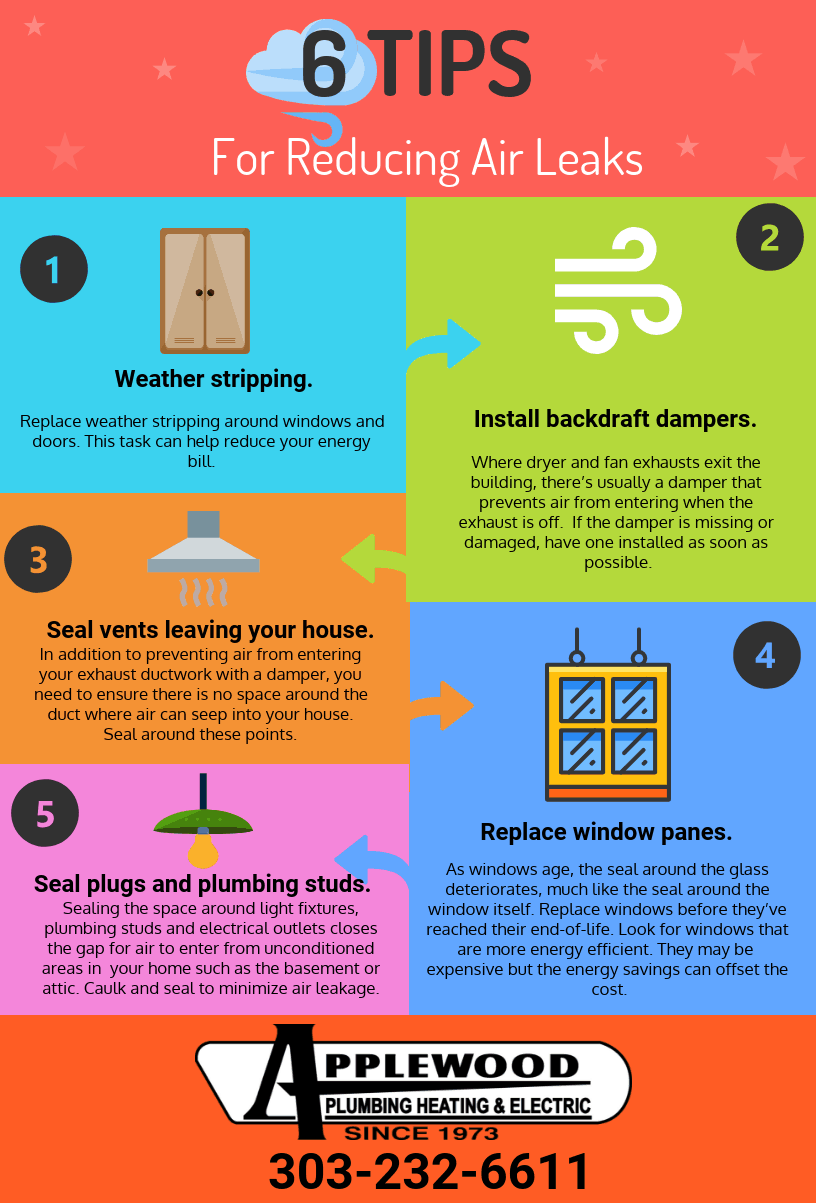The Most Efficient Pressure Cleaning Approaches For Different Surfaces
The Most Efficient Pressure Cleaning Approaches For Different Surfaces
Blog Article
Content Produce By-Sahl Markussen
When it concerns press washing, the strategy you pick can make all the distinction in attaining a tidy, streak-free finish. You could locate that hard surface areas, like concrete, require a different strategy than softer products, such as wood or plastic. It's necessary to adapt your methods to the surface area kind to avoid damage while making the most of cleansing effectiveness. So, what are the most effective techniques for each and every surface, and exactly how can you ensure you're utilizing the right settings and tools for the job? Allow's explore what you require to understand to obtain the best outcomes.
Difficult Surfaces
When it involves push washing tough surfaces, preparation is essential. Prior to you even consider taking out the pressure washer, take the time to get rid of the area of any type of debris, furnishings, or challenges. You do not desire anything getting in your method or possibly harmful your equipment.
Next off, inspect the surface area for any type of splits or damages; this will certainly help you figure out the right technique and stress settings.
When you've prepared the location, it's essential to pick the ideal nozzle. For tough surface areas like concrete or brick, a slim nozzle (15 or 25 levels) works best to give a focused stream of water that can properly eliminate grime and stains. Constantly start at a distance and gradually relocate closer to avoid any type of surface damage.
As window cleaners commercial start washing, maintain the wand moving to avoid streaks and over-saturation. It's also useful to function from the top down, permitting dust and debris to get rid of normally.
Ultimately, remember to rinse the surface completely after cleansing to get rid of any kind of leftover detergent. With these techniques, you'll achieve a tidy and renewed look on all your tough surfaces.
Soft Surfaces
Stress washing soft surfaces calls for a gentler strategy to shield them from damages. Whether you're cleaning your deck, patio furniture, or home siding, using way too much pressure can bring about dents, scratches, or even irreversible damage.
Begin by choosing a low-pressure nozzle, ideally a 25-degree or bigger spray pattern, to distribute the water much more carefully.
Before you start, it's critical to pre-treat any stains with an ideal cleansing service. This step enables the cleaner to penetrate the dust and gunk, making it simpler to remove without rubbing also hard.
Constantly use the option from the bottom as much as avoid streaking.
When https://www.yardbarker.com/lifestyle/articles/18_tips_for_keeping_your_car_clean_and_organized/s1__37362280 begin pressure cleaning, preserve a distance of at the very least 12 to 18 inches from the surface area. Relocate your stick in a sweeping activity, keeping it parallel to the surface area to avoid concentrated pressure on one area.
Wash the area thoroughly after cleansing to get rid of any kind of recurring cleaner.
Last but not least, check the surface for any kind of missed areas and repeat the process if needed. By complying with these actions, you can effectively clean soft surfaces while protecting their honesty and appearance.
Specialty Surfaces
Cleaning soft surfaces calls for treatment, but specialized surface areas demand much more interest to information. When you tackle these surfaces, like delicate wood, tarnished concrete, or particular types of exterior siding, using the ideal pressure washing methods is critical to avoid damage.
First, examine the material. For instance, dealt with timber can usually hold up against modest pressure, yet softer woods like cedar may require a lower setting. Constantly start with the most affordable stress and gradually raise if required.
For stained concrete, utilize a follower spray nozzle and maintain a regular distance to avoid etching the surface area.
When taking care of surface areas like plastic exterior siding or repainted surfaces, a wide spray pattern helps distribute the pressure uniformly, safeguarding the surface.
It's likewise important to utilize cleaning agents particularly made for specialty surfaces. They can boost cleaning without endangering the material.
Rinse completely after washing to eliminate any type of residue, as it can bring about staining or wear and tear in time.
Verdict
To conclude, grasping stress cleaning strategies for various surfaces can make all the distinction in your cleaning outcomes. For tough surface areas, adhere to slim nozzles and a top-to-bottom approach, while soft surfaces need a gentler touch with bigger nozzles. Don't forget to pre-treat stains and wash extensively to avoid deposit. By adjusting your approaches to each product, you'll not just attain a cleaner finish but likewise shield the integrity of your surfaces. Delighted cleansing!
